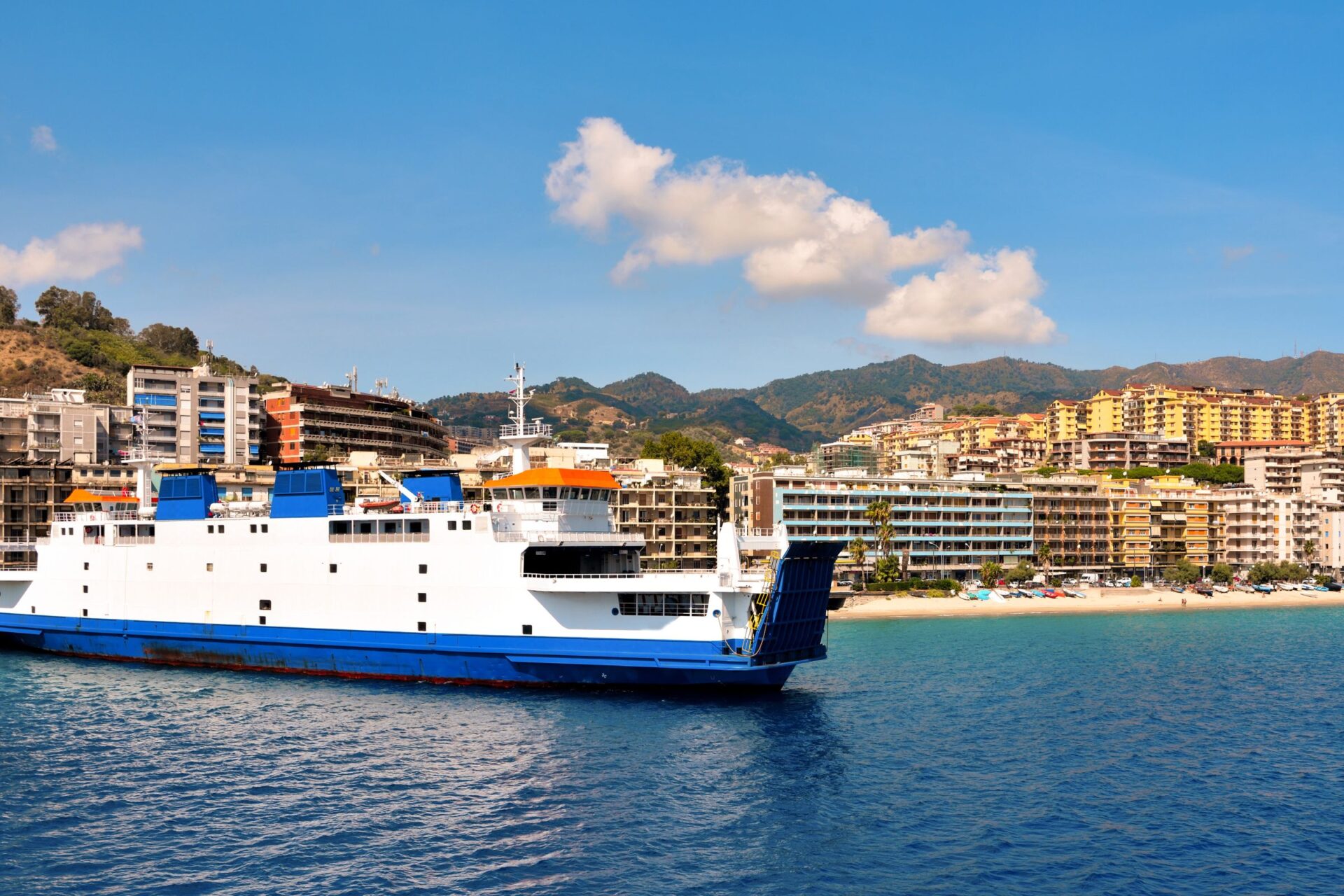Messina sits at the northeastern tip of Sicily, a city that’s risen from the ashes more than once. If you walk its streets today, you’d never guess just how much devastation this resilient port city has survived.
The 1908 earthquake hit with a magnitude of 7.1 and almost wiped Messina off the map. Thousands lost their lives, and it took decades of rebuilding to bring back the city’s culture and architecture.
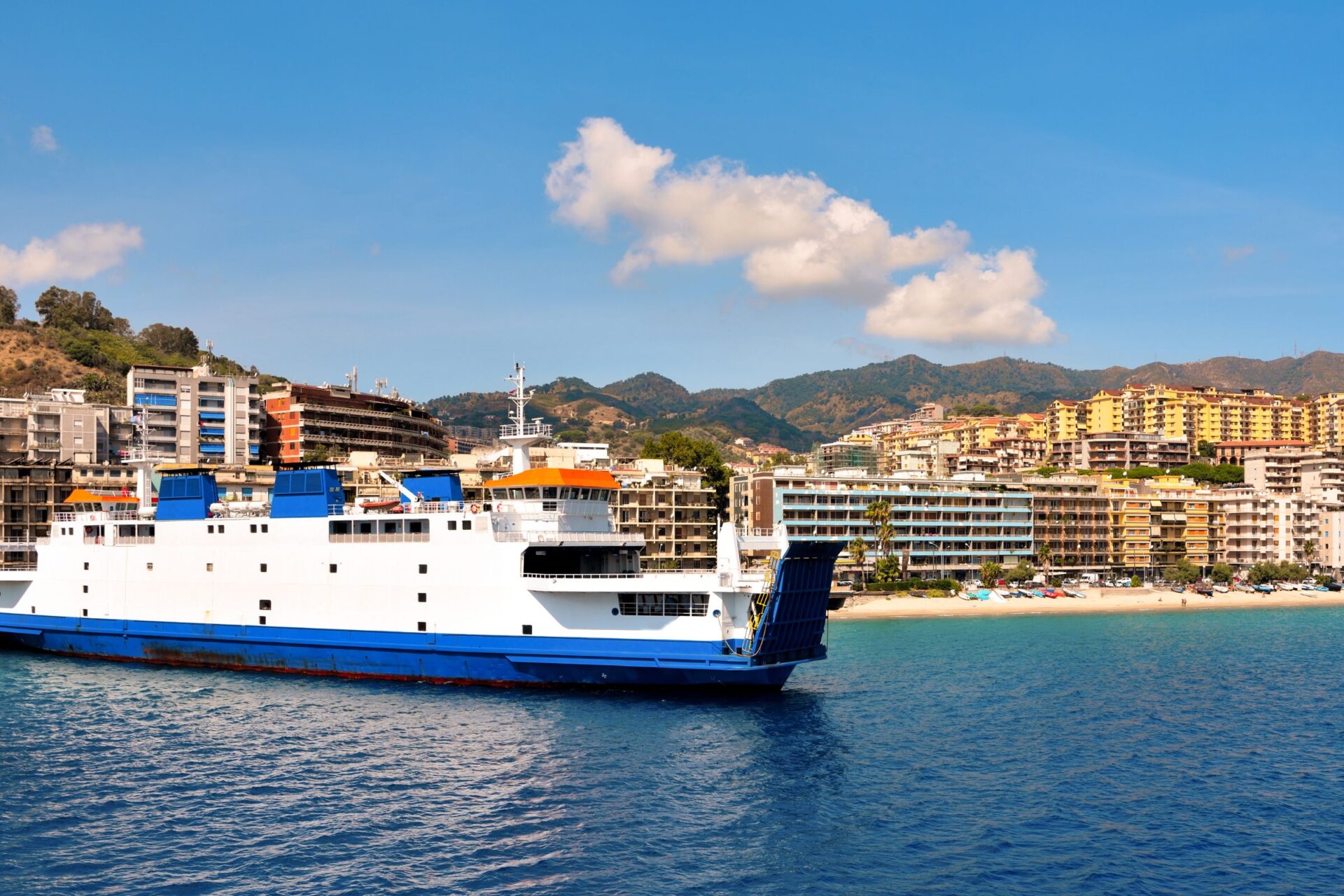
I’ve always found it amazing how Messina didn’t just face one disaster but several. Before the infamous 1908 quake, another earthquake struck in 1894, and yet another rocked the city back in 1783. Sicilians rebuilt their beloved city again and again.
The area around today’s Cairoli Square became the center of Messina’s rebirth after 1908. That fact always sticks with me.
Standing at the bustling port where ferries cross the narrow Strait of Messina, I can’t help but think about how this spot shaped the city’s importance over time. Despite earthquakes and war, Messina turned itself into the modern Italian port city you see now, while still holding onto pieces of its rich past that somehow survived.
Messina’s Tumultuous Past: From Ancient Zancle to Modern Times
Messina’s history stretches back nearly 3,000 years. It evolved from a strategic Greek colony to a modern port city, enduring earthquakes and countless conquests along the way.
Greek Origins and the Legend of Zancle
Walking through Messina, I always feel the presence of its ancient Greek roots. Greek colonists founded the city around 730 BCE and named it Zancle, or “sickle,” after the curved shape of its harbor.
This harbor even shows up in Homer’s “The Odyssey.” I love telling visitors how Odysseus braved the Strait of Messina, squeezed between Scylla and Charybdis. For ancient sailors, those monsters were more than just stories—they were real dangers in these waters.
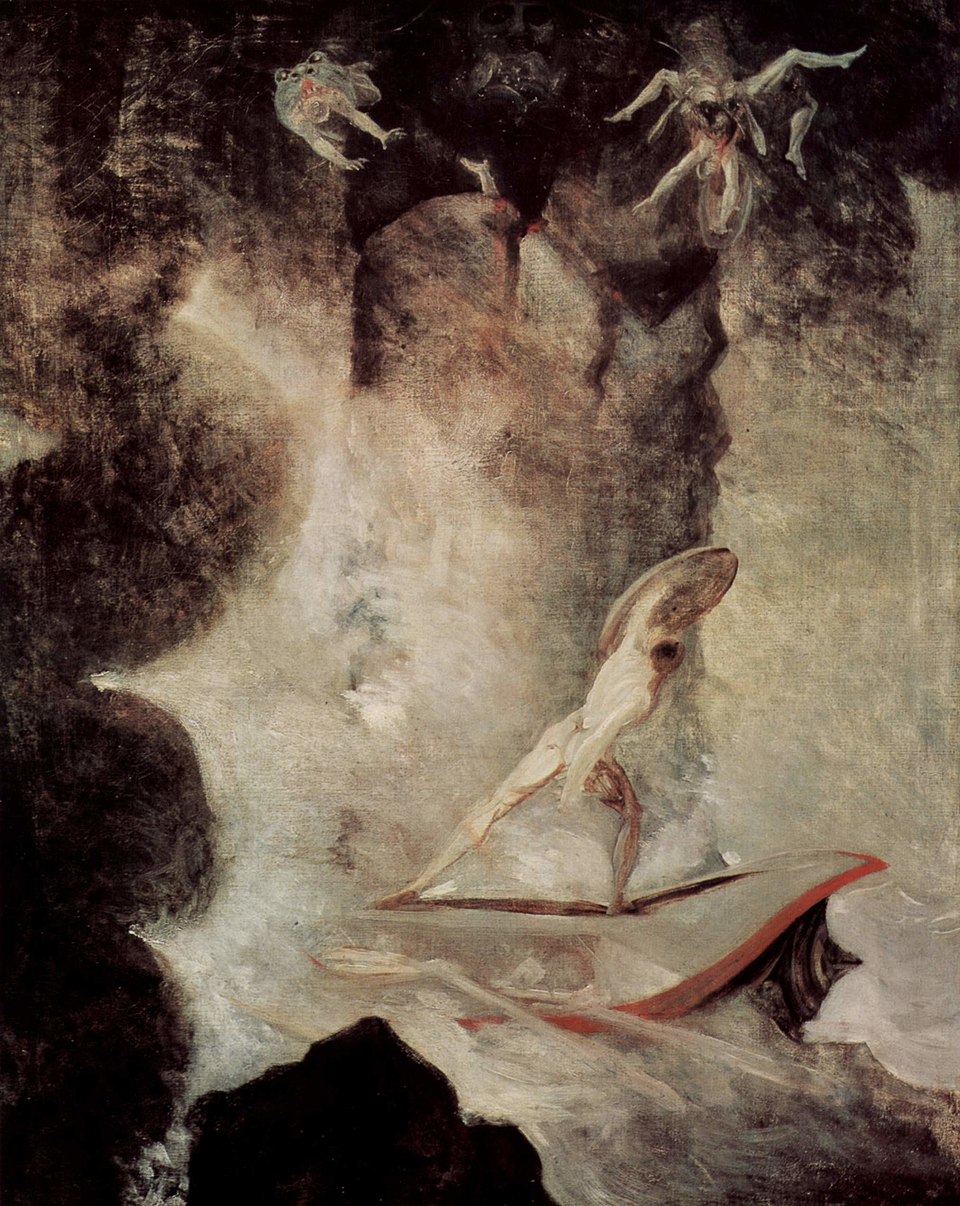
Greek culture thrived here for centuries. The city’s strategic spot made Zancle a key player, controlling the passage between the Tyrrhenian and Ionian seas.
Temples and markets once lined the area where modern buildings now stand. But after so many disasters, barely anything from that earliest period remains visible.
Romans, Byzantines, Normans, and Saracens
The Romans came in and turned Zancle into Messana, folding it into their vast empire. I’ve tried to spot the faint traces of Roman ruins that still linger in the city.
When Rome fell, Messina joined the Byzantine Empire, only to fall under Saracen control in the 9th century. In 1061, the Normans swept in and changed everything.
The Norman Cathedral stands out to me, especially with its mix of styles—though much of it had to be rebuilt after later disasters.
This era brought a burst of architectural splendor. Messina developed a unique identity, blending Arab, Norman, and Byzantine influences into something unmistakably Sicilian.
Walking through the rebuilt center, I still catch hints of that diverse heritage, even after all the city’s rebuilds.
The Port City’s Strategic Role in the Mediterranean
Messina’s harbor has always been its greatest asset. I often watch ships glide through the same waters that once carried Greek and Phoenician traders.
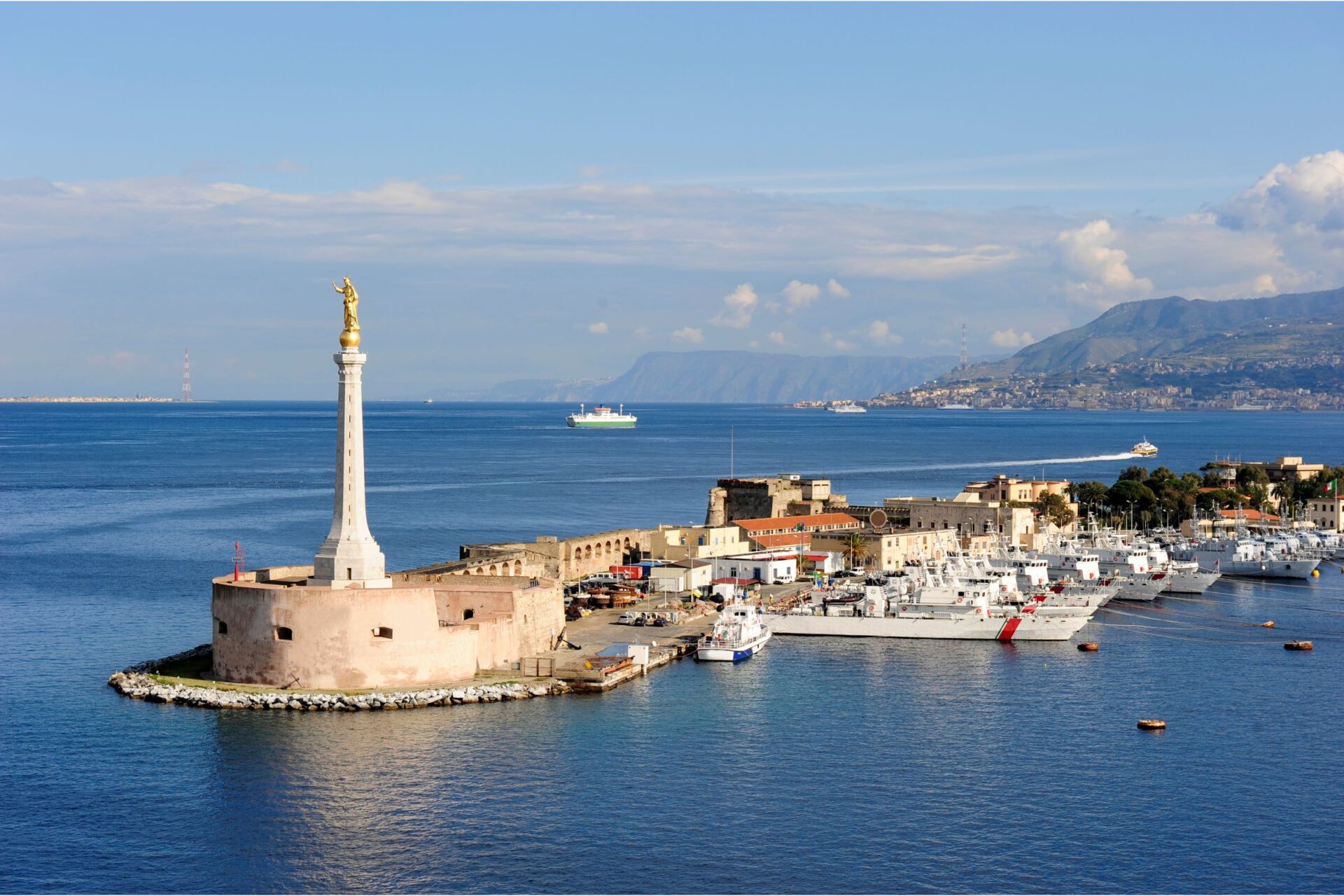
Whoever controlled Messina controlled Mediterranean trade routes. The harbor’s depth and natural protection made it perfect for military and commercial ships.
The city grew rich from customs duties and became a tempting target for conquerors.
Messina’s strategic value kept it in the crosshairs. Byzantine admirals, Spanish kings—everyone wanted this gateway to Sicily.
It’s honestly remarkable how Messina kept rising after each blow—first the 1783 earthquake, then the catastrophic 1908 quake, and later the bombings of World War II.
Devastated and Rebuilt: Messina’s Earthquakes and War
Messina’s story is really about resilience. The city faced disaster after disaster, but its people always found a way to rebuild.
The Catastrophic Earthquake of 1908 and Tsunami
The morning of December 28, 1908 changed everything for Messina. Around 5:20 am, Europe’s most powerful earthquake shook southern Italy with a magnitude of 7.1.
I was shocked to learn just how close Messina came to being erased.
Buildings collapsed everywhere in Messina and Calabria. The tsunami that followed made things even worse, with waves as high as 40 feet in some spots.
Nearly 80% of Messina’s buildings fell. The death toll? It’s hard to imagine—somewhere between 75,000 and 200,000 people died.
And this came just 14 years after another major earthquake in 1894.
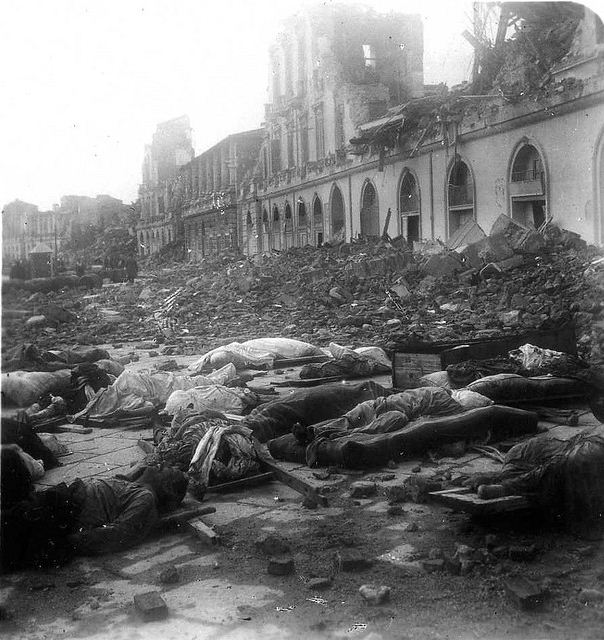
Destruction During World War II
Messina hadn’t finished rebuilding from the earthquake when World War II hit. Allied forces bombed the city hard during their Sicily campaign, targeting its strategic port.
In 1943, Messina endured some of the heaviest bombing in Italy. The air raids flattened much of what had been restored after the quake.
Port facilities, railways, and neighborhoods were reduced to rubble.
Most people fled the city. Those who stayed faced food shortages and broken infrastructure. The once-busy port city was a shell of its former self.
Years of Reconstruction and Resilience
After the war, Messina launched its second major rebuilding effort of the 20th century. I really admire the city’s resilience.
Unlike other Sicilian towns with preserved old centers, Messina’s architecture is mostly modern—a direct result of its tragic history.
The rebuilt Cathedral of Messina (Duomo) and Piazza del Duomo stand as symbols of a new beginning. The cathedral’s astronomical clock draws visitors every hour.
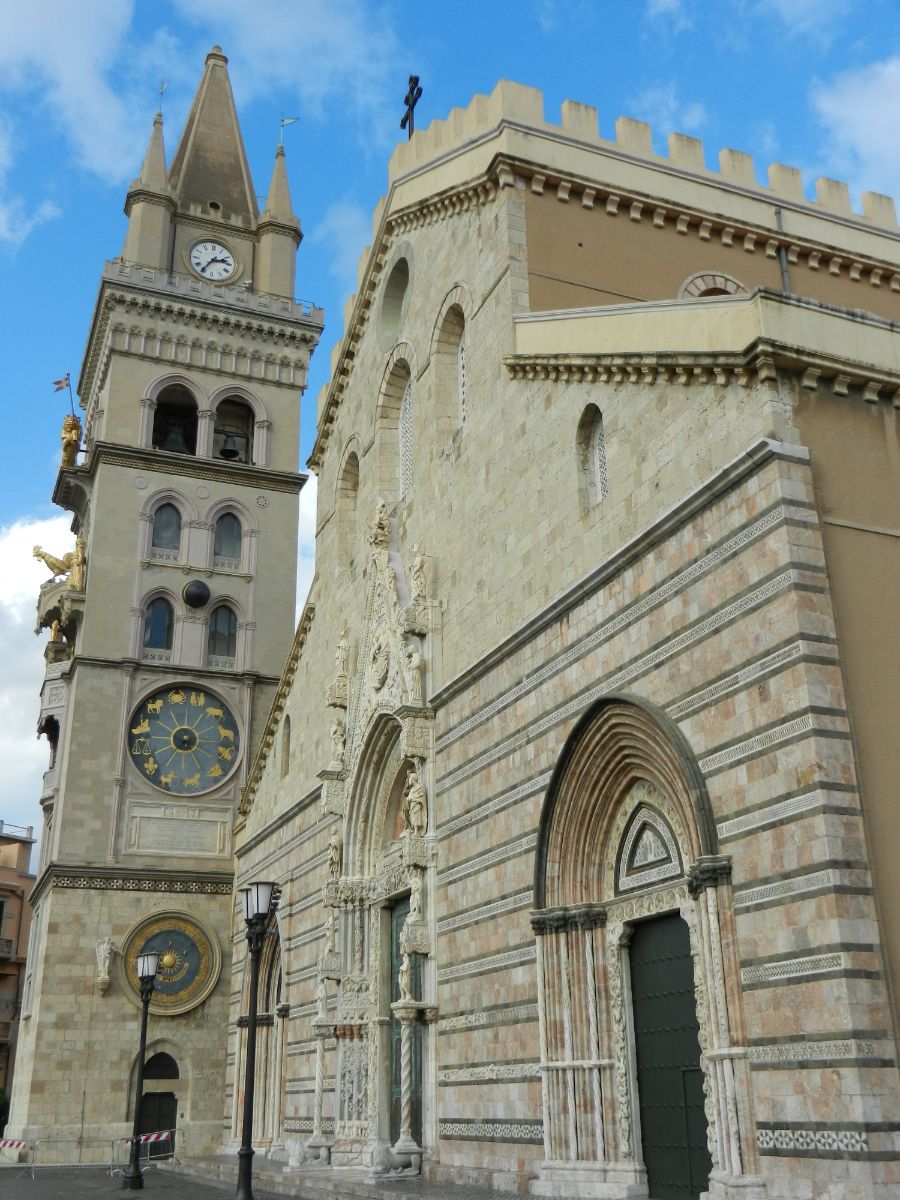
Today’s Messina features wide streets and low-rise buildings, designed to limit future earthquake damage. The reconstruction efforts focused on safety and practicality.
By the 1960s, the city had mostly recovered. Messina may not have the historic charm of some Sicilian towns, but I appreciate how its modern look tells a story of human determination.
Iconic Landmarks and Architectural Treasures
Messina’s skyline reveals its history of resilience. The city’s architecture blends medieval roots with modern rebuilding, making for a unique cityscape.
The Cathedral, Bell Tower, and Astronomical Clock
The Cathedral of Messina is a testament to the city’s spirit. Originally built in Norman times, it’s been reconstructed several times after earthquakes, including the 1908 disaster.
I was struck by the cathedral’s Gothic-style facade, with its detailed stonework and rose window.
Inside, you’ll find a calm atmosphere, marble columns, and religious art.
The bell tower next door is something special. Climbing to the top gives you sweeping views of Messina and the Strait.
But the real showstopper is the astronomical clock—one of the world’s largest and most complex.
Every day at noon, I joined the crowds to watch bronze figures spring to life. Lions roar, a rooster crows, and biblical scenes play out in a mechanical spectacle that’s been delighting people since 1933.
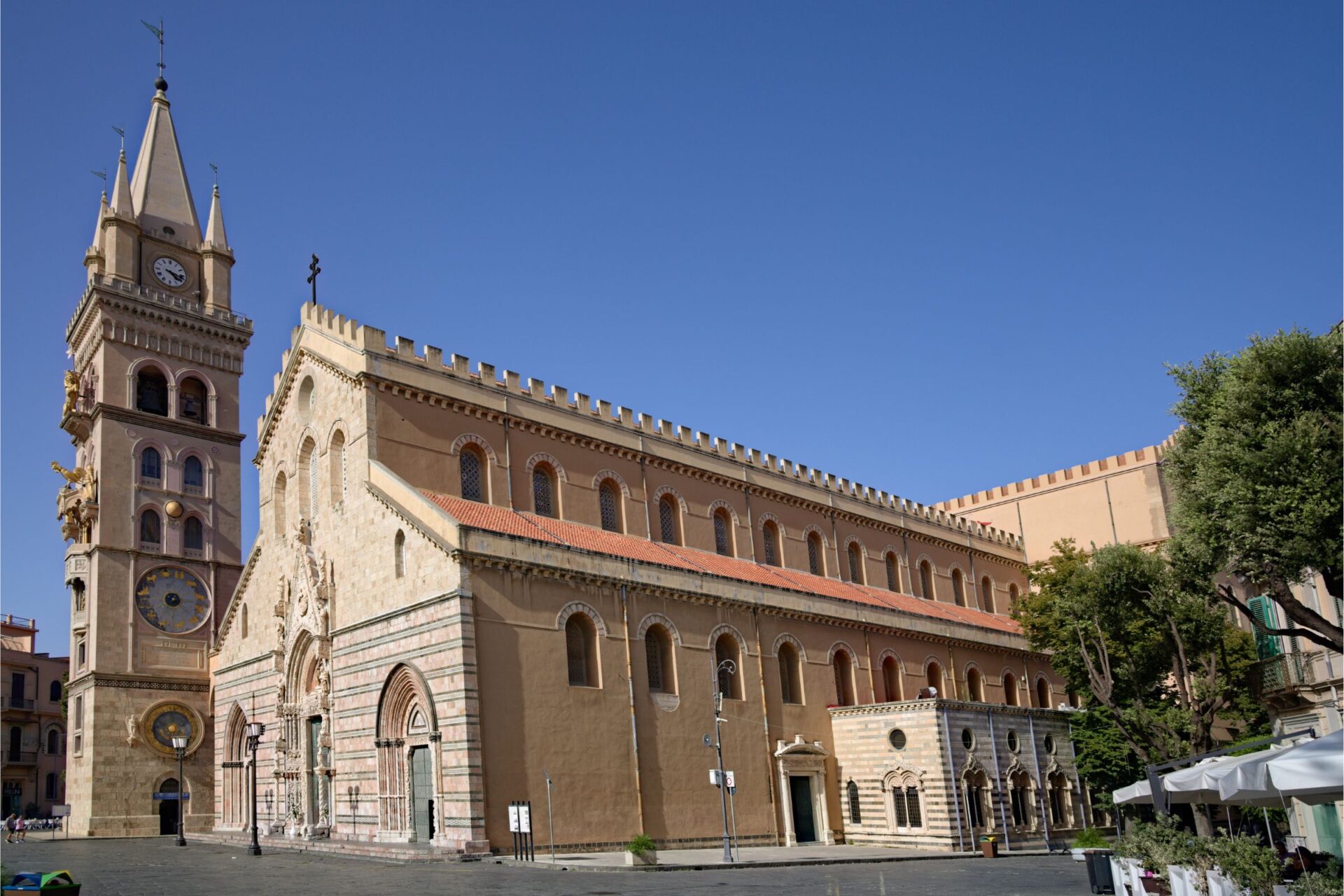
Fountain of Orion and Neptune’s Monument
The Fontana di Orione (Fountain of Orion) stands proudly in Piazza del Duomo. Giovanni Angelo Montorsoli created it in the 16th century, and many consider it among Italy’s finest Renaissance fountains.
I spent ages admiring the mythological figures—Orion, the city’s legendary founder, plus four river gods and all sorts of decorative details.
Nearby, you’ll find the Fontana del Nettuno (Neptune’s Fountain). Neptune towers over the scene, taming the sea monsters Scylla and Charybdis.
Both fountains survived the 1908 earthquake. They’re important symbols of Messina’s culture and artistry. The sound of water from these monuments adds a peaceful backdrop to wandering the city.
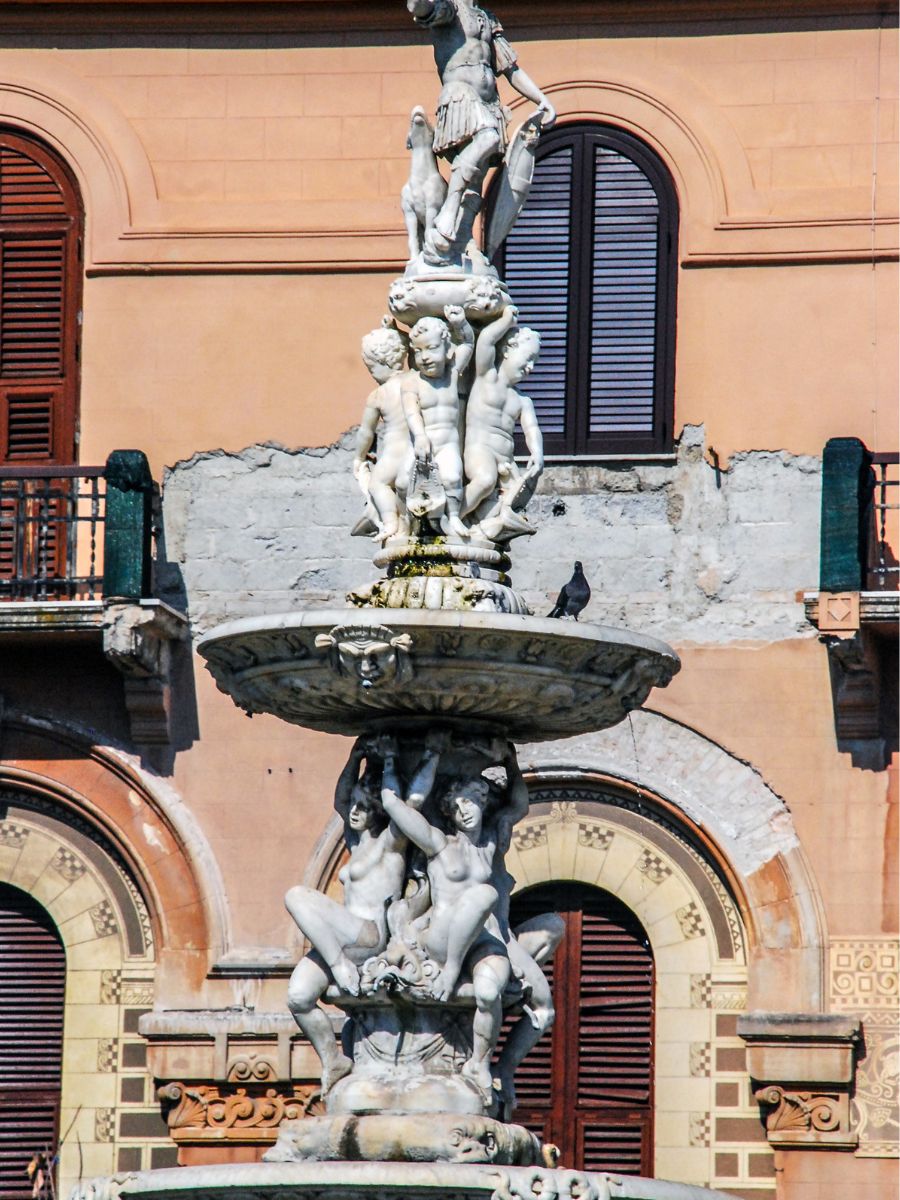
The Regional Museum and Caravaggio’s Masterpieces
The Regional Museum of Messina houses an impressive collection of art and artifacts that tell the city’s story. The building itself is one of the rare survivors of the 1908 quake.
When I visited, I made a beeline for Caravaggio’s “Adoration of the Shepherds” and “Resurrection of Lazarus.” The dramatic light and emotion in those paintings really hit me.
The museum also features works by Antonello da Messina, Sicily’s celebrated Renaissance painter. His portraits have a depth and realism that’s hard to forget.
There’s more than paintings here—archaeological finds, decorative arts, and fragments rescued from earthquake ruins fill the galleries. These treasures offer glimpses of Messina’s rich past.
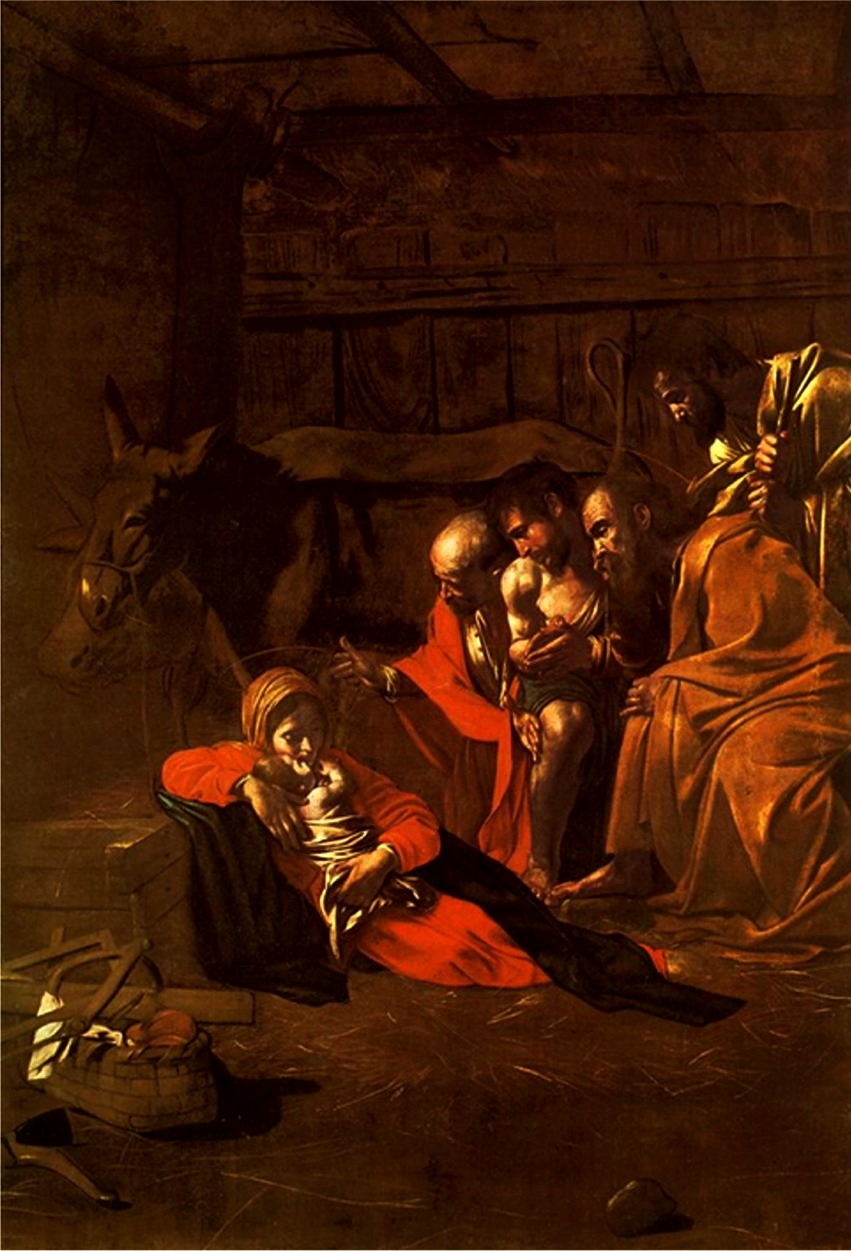
Piazza del Duomo and Surrounding Sights
Piazza del Duomo is the beating heart of Messina’s center. The square buzzes with life as locals and tourists gather to admire the cathedral and soak up the atmosphere.
I found the piazza especially enchanting in the evening, when soft lights bring out the details of the surrounding buildings.
Cafés around the square make great spots for people-watching over a cappuccino.
Just off the main square, I stumbled onto narrow streets lined with shops and eateries. Many buildings here show off the “checker board” street plan adopted during Messina’s post-1908 reconstruction.
A few aristocratic palaces survived the disasters and now stand as rare glimpses of Messina’s pre-earthquake grandeur. Their ornate balconies and grand entrances hint at the city’s former glory.
Messina Today: Modern Life and Gateway Connections
Messina has reinvented itself as a lively port city—Sicily’s main gateway to Italy. Despite its history of earthquakes and war, it now blends modern convenience with Sicilian character.
Harbor and Ferry Links to the Italian Mainland
Messina’s busy harbor keeps the city connected, with ferries linking Sicily to the Italian mainland all day and night. I’ve taken the short trip across the Strait to Villa San Giovanni—it’s only 20 or 30 minutes, and the views are fantastic.
Several ferry companies operate nonstop. From the deck, you get a perfect view of both Sicily and Calabria.
The port area ties right into Messina’s main train station. You can drive your car onto the ferry or hop on a train to travel across Italy and Sicily.
If you’re planning to explore both Sicily and the mainland, these ferry routes are a breeze compared to flying.
Vibrant Tourism and Culture
Messina welcomes thousands of cruise ship visitors every year. The rebuilt Cathedral Square and its astronomical clock draw crowds daily at noon for the animated show.
I’ve noticed a lot of “The Godfather” fans using Messina as a base for tours to filming locations in nearby villages like Savoca and Forza d’Agro.
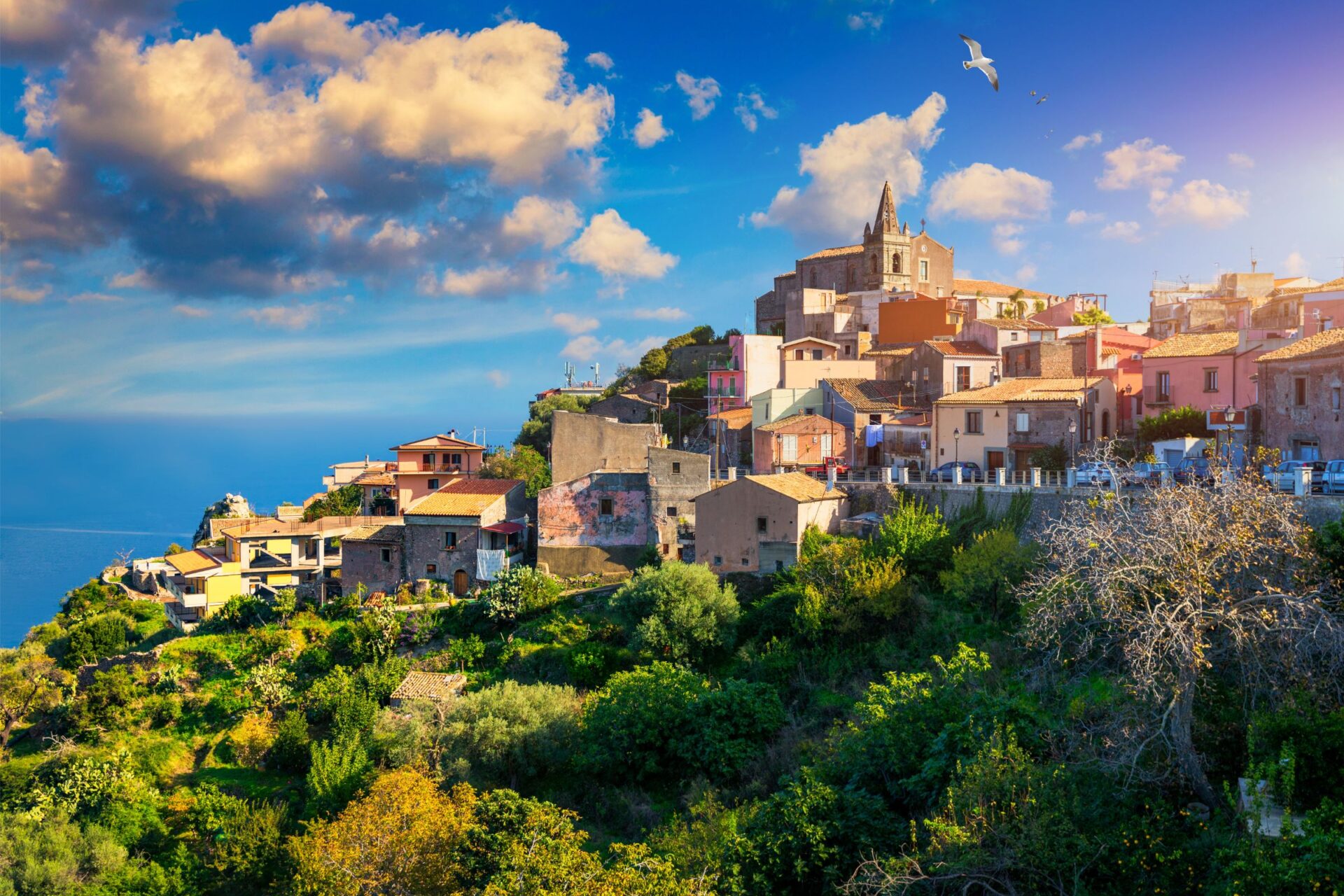
The city hosts cultural festivals year-round. The Vara Festival in August is the biggest event—a massive religious procession with a towering float carried through packed streets.
With about 230,000 residents, Messina keeps a more authentic vibe than some of Sicily’s tourist hotspots. It’s a great pick if you want genuine Sicilian experiences.
Trade, Agriculture, and Local Flavors
Messina’s economy thrives on trade thanks to its strategic port. The region’s fertile land produces amazing crops.
The province is famous for its citrus fruits. I’ve tasted some of the sweetest oranges and lemons right from local groves—they even have protected status for their quality.
Local markets burst with the region’s bounty. My favorite is the central market, where you’ll find everything from fresh seafood to Messina’s signature sweet—pignolata, little dough balls drenched in chocolate and lemon glaze.
Wine production adds another layer to the economy. Small vineyards turn out excellent wines that pair perfectly with local dishes like pasta alla Norma and swordfish alla Messinese.
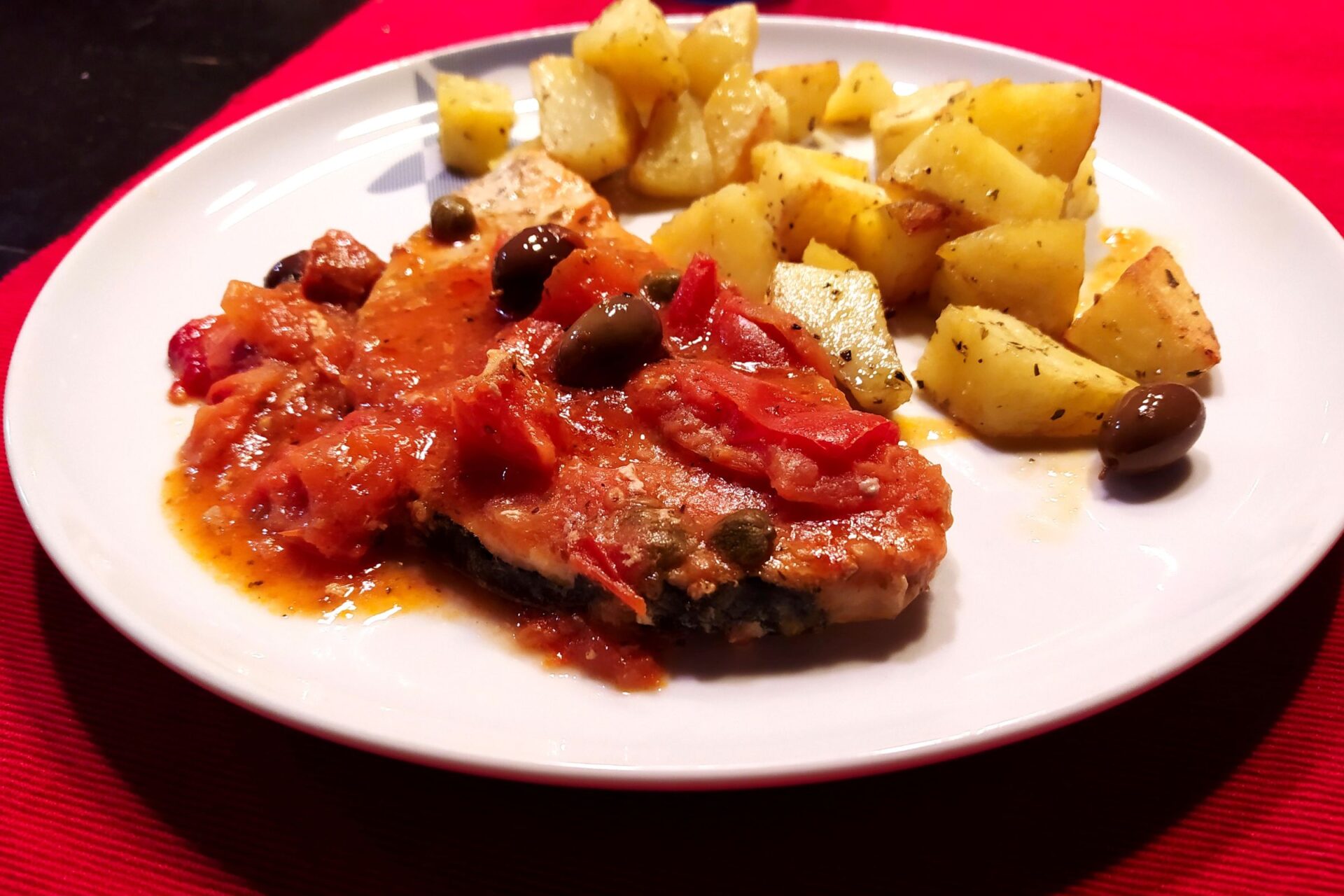
Exploring Messina’s Environs: Day Trips and Nearby Wonders
Messina makes a great base if you want to dig into Sicily’s northeastern gems. You’ll find everything here, from ancient hill towns to wild volcanic landscapes and little island getaways.
Taormina, Catania, and the Smoldering Mount Etna
Honestly, Taormina feels like Sicily’s crown jewel. It sits dramatically on a hillside, and the views are just unreal.
The ancient Greek Theater? It gives you that jaw-dropping mix of coastline and Mount Etna in the distance—especially if you catch a sunset performance. Corso Umberto, the main street, is perfect for wandering between cute shops and cafés.
Head an hour south and you’ll land in Catania. The city stands out with its black lava buildings and a fish market that’s always buzzing.
Catania’s baroque architecture actually got the city onto the UNESCO list. In the main square, you’ll spot the elephant fountain that everyone seems to photograph.
Mount Etna looms over everything as Europe’s most active volcano. I’d suggest joining a guided tour if you want to hike the black lava fields and peek into steaming craters.
If hiking’s not your thing, Etna’s wineries are a treat. The volcanic soil really gives the wine a special kick.
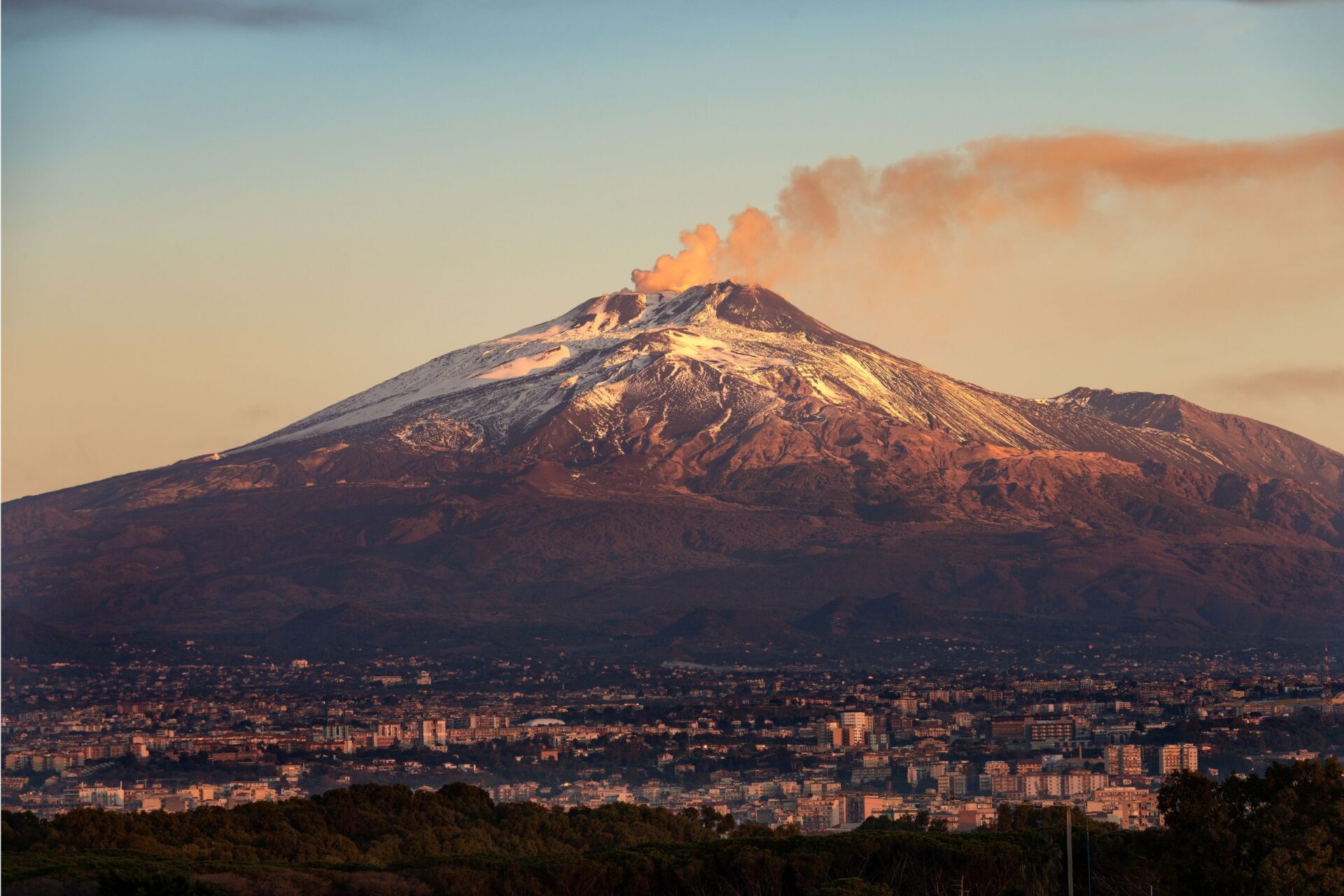
Milazzo, the Aeolian Islands, and Seaside Escapes
Milazzo sits just half an hour from Messina. It’s got a huge medieval fortress and acts as your jumping-off point for the Aeolian Islands.
The peninsula hides some great beaches too, like the lovely Piscina di Venere (Venus’ Pool).
From Milazzo’s port, you can hop on a hydrofoil and zip over to the Aeolian archipelago. This volcanic island chain is actually a UNESCO site.
Each island feels different:
- Lipari: The biggest, with lively streets and those white pumice beaches.
- Stromboli: You’ll find an active volcano here, and it really does erupt on the regular.
- Vulcano: If you’re into mud baths or black sand beaches, this is your spot.
If you’re chasing beach vibes, Giardini Naxos near Taormina delivers. The place has golden sand, clear water, and a laid-back feel.
I’ve lost track of the afternoons I’ve spent here, lingering over seafood at a beachfront table before diving into the Ionian Sea.
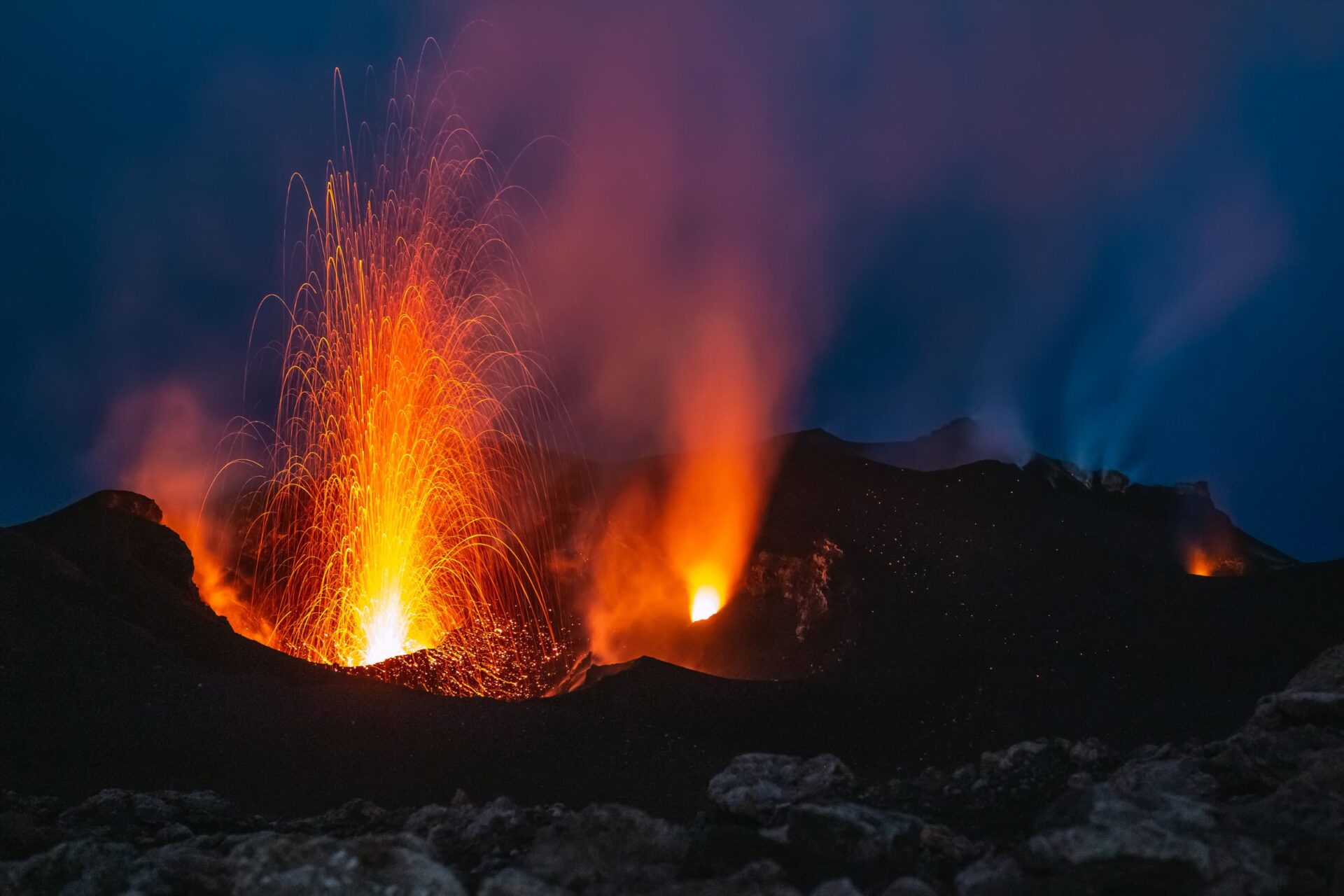
Connecting Messina: Airports and Sicilian Adventures
Catania Airport stands out as the main gateway to eastern Sicily. It sits about 100km from Messina.
If you drive along the coast, you’ll get some truly spectacular views. Prefer the train? The efficient service links up the major cities without much fuss.
For western Sicily, Palermo Airport opens up the capital’s mix of Arabic-Norman architecture and that wild, vibrant street food scene. From Palermo, I always feel drawn to the ancient Greek temples of Agrigento—they stand tall on a ridge, staring out at the sea.
Syracuse (Siracusa) sits to the south and blends Greek ruins, like an impressive old theater, with the charm of Ortygia, its island neighborhood. The Baroque buildings seem to glow at sunset, and honestly, the waterfront promenade just begs for a slow evening stroll.
Renting a car gives you the most flexibility, though Sicily’s train network does a solid job connecting the big destinations. If you want to hop between islands, regular ferries and hydrofoils leave from Messina and other nearby ports.

